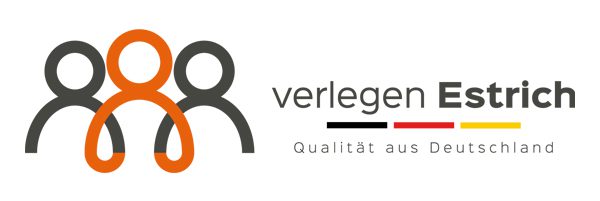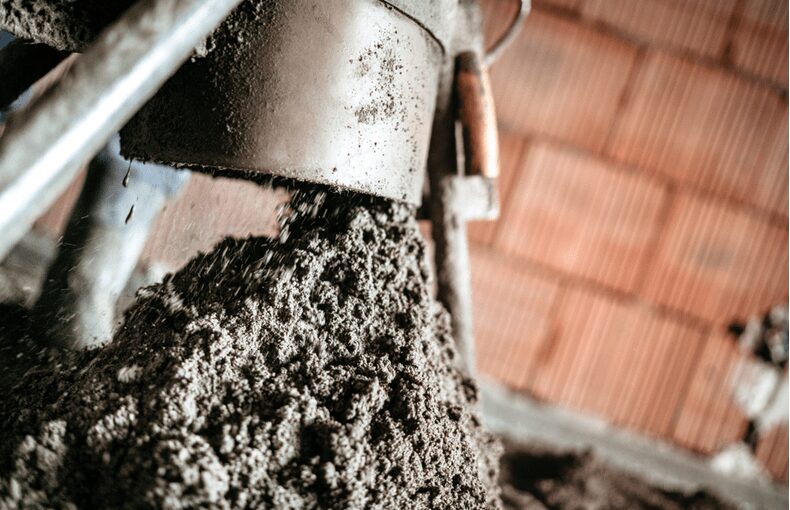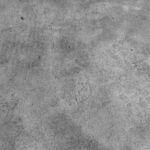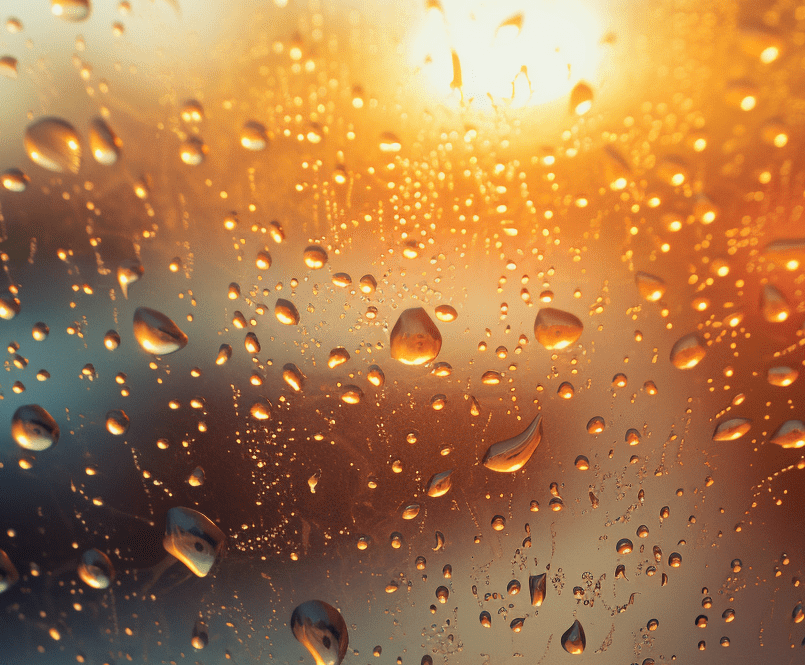Types of laying screed
Composite screed
If it is not primarily a question of thermal or sound insulation, then bonded screed is recommended as the simplest variant: we apply the screed directly to the ceiling of the building shell – as a rule we then use cement screed. In this way we obtain a floor that can withstand high static loads, as is useful in garages, cellars or workshops, for example. The layer thickness should not be less than 30 mm, which limits the possible applications.
Important: The raw floor should be open-pored, clean and moist. We take care of expansion joints in the screed.
dry layer
This variant is also known as a floating screed or screed on a separating layer and is also recommended where thermal and sound insulation is not important, such as on terraces, in basements or on balconies. In these cases, we can use different types of screed, because it is irrelevant whether the material is optimally compatible with the raw ceiling: We use a PE foil or a bitumen membrane, but can also include a barrier layer to protect against moisture in order to separate the components from each other. The layer thickness here must be at least 35 mm for cement screed and 30 mm for calcium sulphate screed, which makes the installation of heating systems impossible. Screed on a separating layer proves to be less resilient than bonded screed.
Important: We install separating layers and barriers against moisture strictly in accordance with the manufacturer’s instructions in order to effectively prevent later damage.
Floating screed
The term screed on insulation layer would be more accurate, as the screed layer is decoupled from all other building components such as the raw ceiling, raw floor or walls. We therefore produce a free-moving screed slab that rests on fill and/or insulation boards. In this way, we achieve comfortable heat and sound insulation – and the optimum prerequisite for the installation of heating systems. If necessary, we can insert additional reinforcement into the building material, such as reinforcement fibres or screed mats, to improve crack resistance and load-bearing capacity. According to our experience, this manageable effort pays off especially if the floor is to be covered with stoneware or tiles later on. We can use different types of screed here, mostly we use calcium sulphate screed indoors and cement screed for outdoor or wet areas.
Important: In order to create a floating screed, we take care to ensure strict separation from other building components, especially in the case of self-levelling flowing screed – the resulting thermal and sound bridges would negate the advantages of this variant.
Heating screed
This is the most complex variant, but it turns out multifunctional: The heating screed is also built on insulation layer, but before laying the screed, the heating pipes are inserted. In order to achieve an efficient transfer of heat, we particularly recommend flowing screeds, which best enclose the heating coils. Since we can realize the highest layer ceilings of 40 to 60 mm with a floating screed, this is the most suitable variant. If it is necessary for static reasons, which is extremely rare, we can embed the heating coils in a levelling screed. We then apply a second screed to this layer, so that we obtain a floating screed in total.
Important: The heating elements should not exceed 55 degrees as the average temperature during operation, so as not to impair the quality of the screed.
As specialists for screed, we are of course familiar with the different variants – both in terms of composition and laying methods. We would be happy to put our profound expertise at your disposal, just give us a call and make an appointment with us – we will be happy to take care of your request.
Let's start a project
Give us a call or stop by anytime. We aim to respond to all enquiries within 24 hours on working days.
We will be happy to answer your questions.
OUR ADDRESS:
Augsburger Str. 20, 91781 Weissenburg







